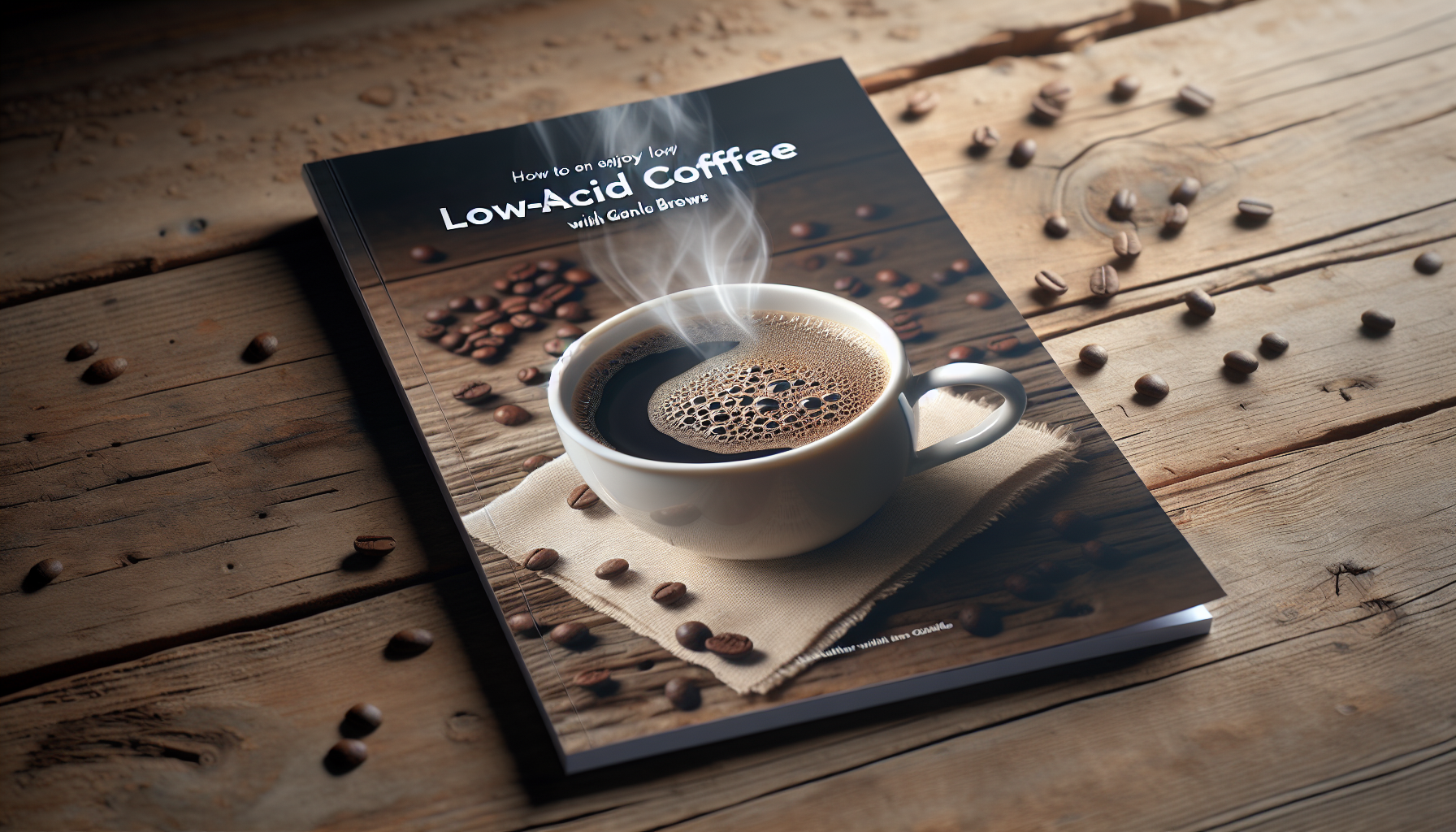Understanding Low-Acid Coffee
Low-acid coffee refers to coffee that has a lower level of acidity compared to regular coffee, characterized by a lesser degree of the tangy or bright flavors traditionally associated with coffee. Often, this type is sought after by individuals who experience discomfort or adverse effects from the acidity in regular coffee, such as acid reflux or gastritis. Enjoying low-acid coffee is all about finding the right balance that suits your taste buds without causing discomfort.
Choosing the Right Beans
The journey to a gentler brew begins with selecting the appropriate beans. Beans grown at lower altitudes often have lower acid levels due to the slower bean development process. Beans from regions such as Sumatra, Brazil, and Guatemala are notable for their naturally lower acidity. Additionally, opting for darker roasts can also lead to less acidity as the roasting process breaks down more of the acidic compounds.
Different Types of Low-Acid Coffee Beans
Specialty low-acid coffee beans are available that undergo specific processing techniques to reduce their acid content even further. These include treatments such as slow roasting, interrupting the roasting process to remove the outer layer of the bean, and steam processing before roasting. Such treatments can further temper the acid levels while preserving the flavor profile as much as possible.
Adjusting Brewing Methods
The method you use to brew your coffee can also impact the acidity. Cold brewing, for example, offers a smoother and less acidic taste. Since the grounds are not exposed to heat, fewer acidic compounds are extracted, leading to a gentler cup of coffee that is easier on the stomach. If cold brew isn't your style, other methods such as the French press or single-serve machines can also result in less acidity compared to drip or pour-over methods.
Water Quality and Temperature
The quality and temperature of the water used in brewing can play a substantial role in the acidity of your coffee. Using filtered or bottled water that has a neutral pH can help prevent the coffee from becoming too acidic. When it comes to water temperature, brewing at slightly lower temperatures than the traditional boiling point can limit acidity, as more acidic compounds are extracted at higher temperatures.
Enhancing the Flavor of Low-Acid Coffee
While low-acid coffee is gentler, it doesn't mean it has to be bland. It's still possible to have a rich, flavorful cup of coffee that's low in acidity. Blending the low-acid beans with regular beans can create a balance that might suit your palate. Additionally, adding a pinch of salt to your coffee grounds before brewing can combat bitterness and enhance the overall flavor without adding to the acidity.
Conclusion
Low-acid coffee is a fantastic alternative for those who love coffee but are sensitive to its acidic nature. Starting with the right kind of beans, adjusting your brewing methods, and enhancing your cup with simple techniques can all contribute to a more enjoyable and stomach-friendly coffee experience. By exploring various beans, roasting levels, and brewing styles, you can savor a rich and satisfying cup of low-acid coffee that suits your personal preferences and dietary needs.
Try Healthy Bean Coffee Today!
